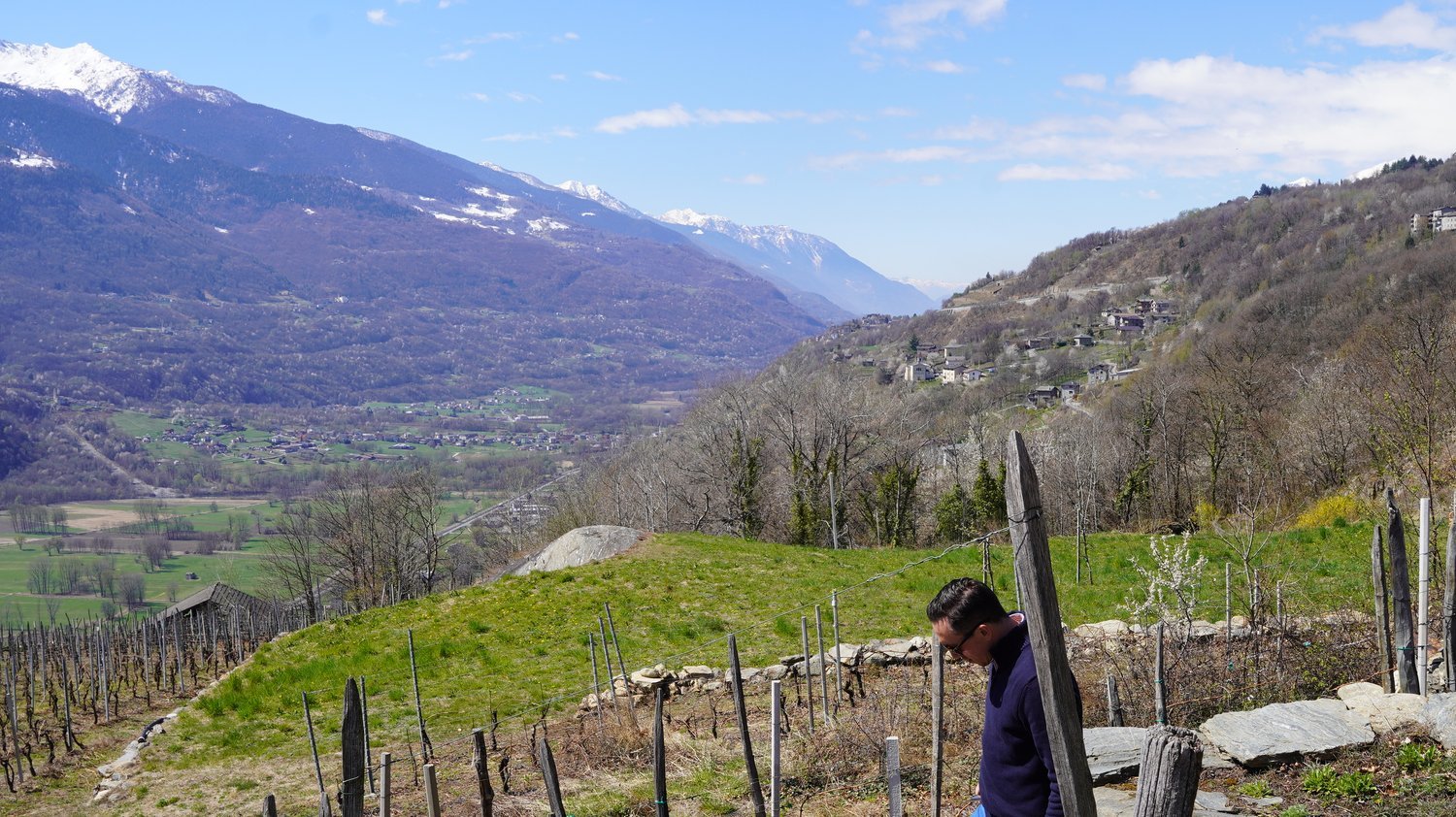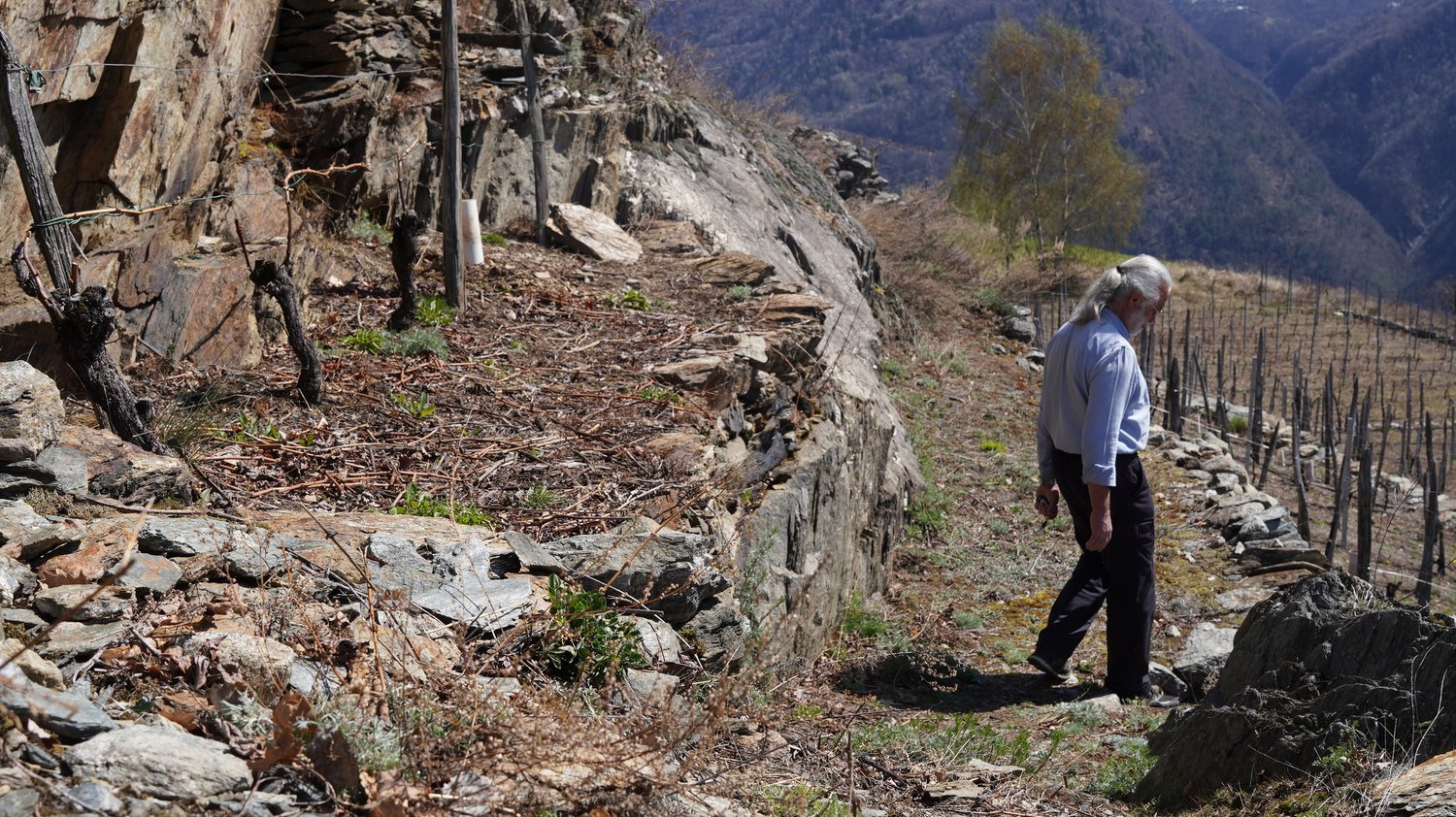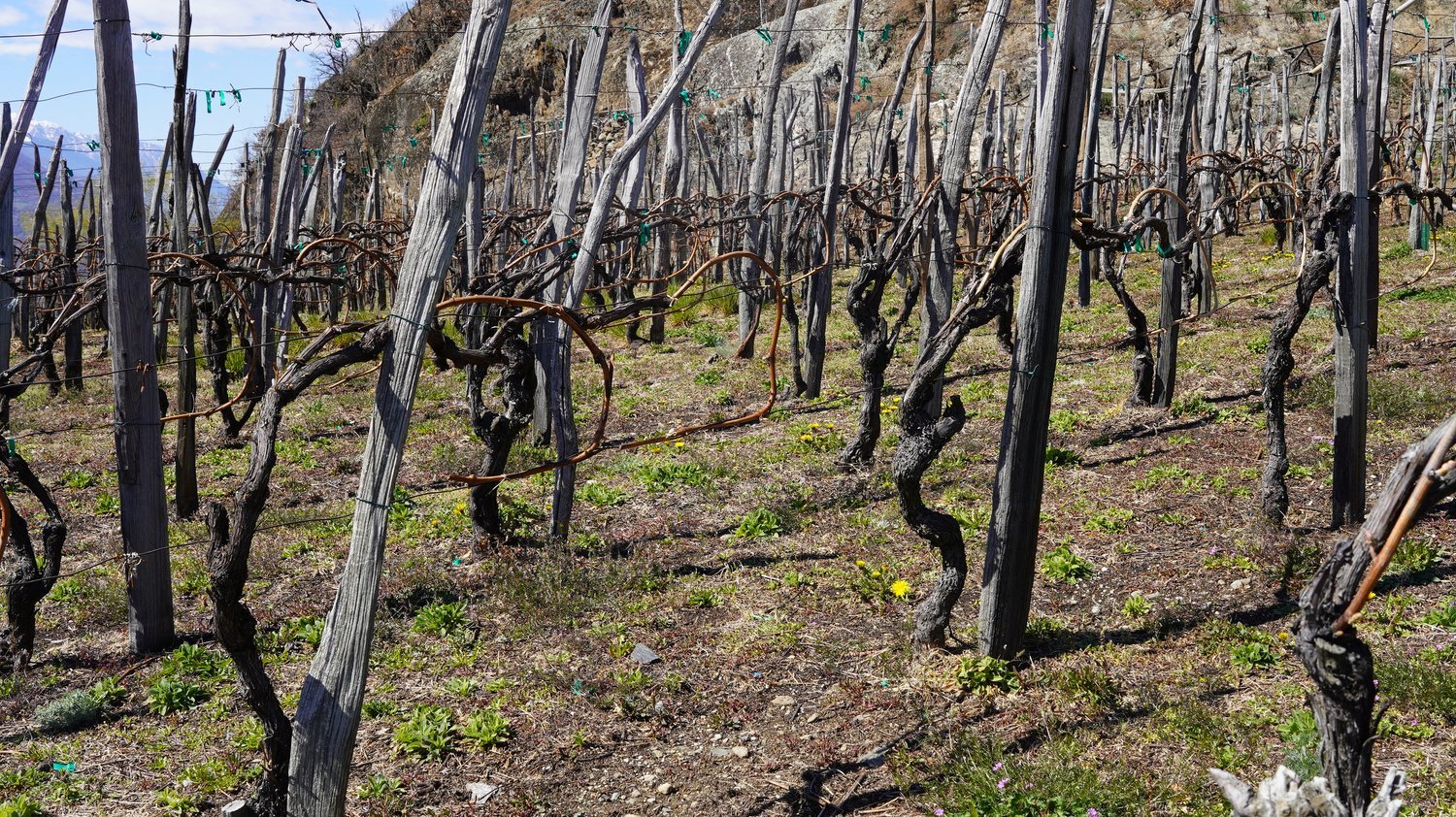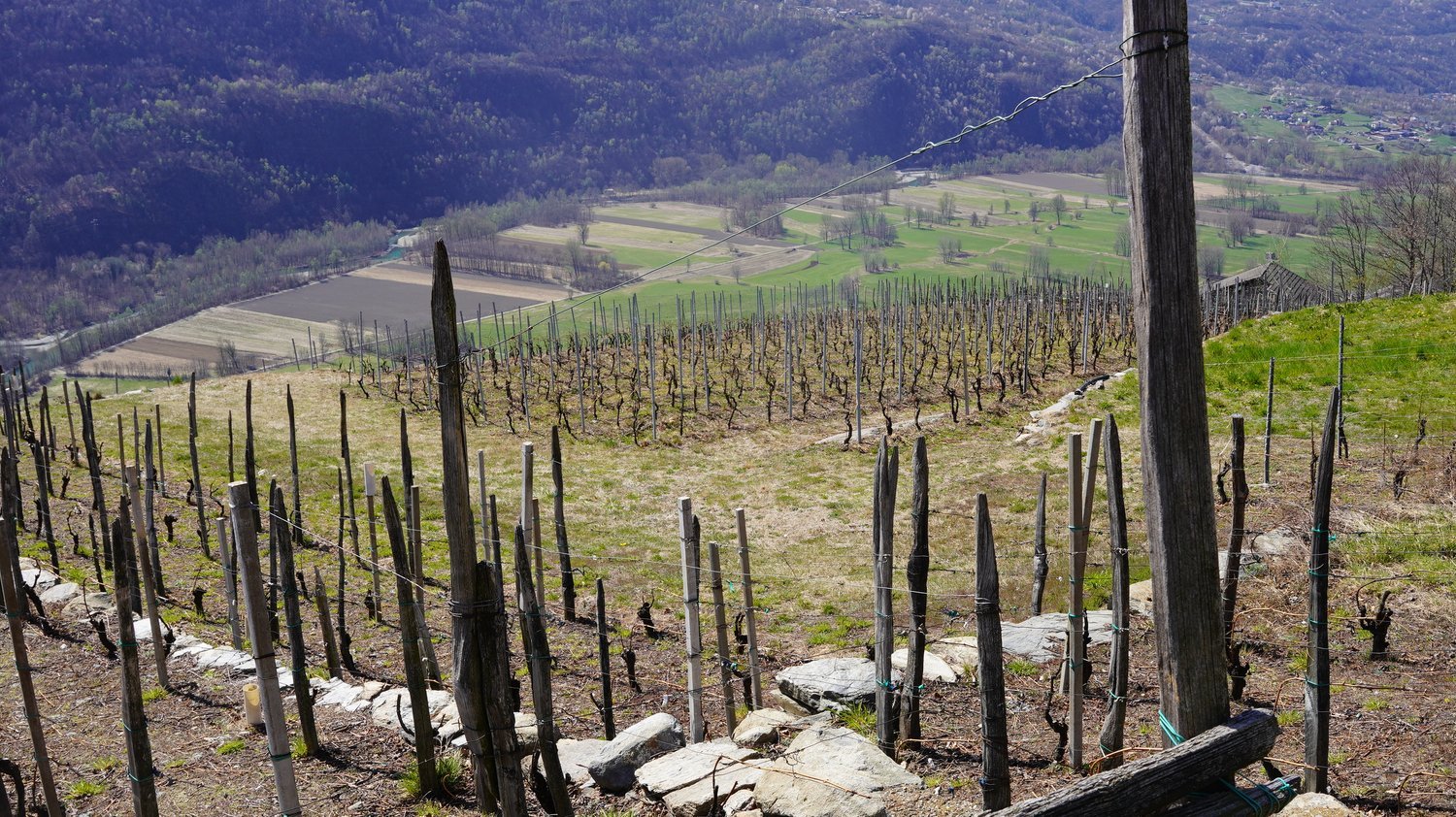Maria Luisa Marchetti
Valtellina, Italy
Nebbiolo - such an important grape for us and our portfolio - is fast becoming the most in-demand of them all, especially in the premium market. My training was heavy in the wines from the Langhe so it’s no surprise that the core of our portfolio remains the wines from there and the senior versions from Barolo and Barbaresco. Something that was nowhere near as prominent when I started in the industry was Nebbiolo from elsewhere, namely the Northern reaches of Piedmont and further North-East in Lombardy.
Today’s interest in those wines though, is enormous. You only need to look at the success of wines like Ar Pe Pe, Barbacan, Franchino and Nervi to know that there’s a thirst for these. Nervi in particular strikes a chord. When the greatest Barolo producer in the world decides to make Gattinara Nebbiolo, one takes notice. Yes, it is not quite right to lump Gattinara and Valtellina together, but in this context of ‘other Nebbiolo’ from higher altitude and further North I think it’s fair.
So – a couple of years ago – the search for an alpine Nebbiolo began. Early this year, I read a lovely article and follow up report by Jancis Robinson, which featured the usual delicious suspects, as well as a couple of wines from Maria Luisa Marchetti. Maria Luisa is an ex school teacher born of generations of grape growers in Valtellina. Having sold the family’s grapes for years she decided to vinify her first wines in 2000 before moving to full-time vigneron status. Her husband was and still is stationed in the winery. Winemaking here is very intentionally hands-off, following the style of the organic viticulture she employs. Everything planted on the vineyards is Nebbiolo save for a little section of Solaris, a very unusual white grape that’s a hybrid of Gris, Riesling and Muscat amongst others.
But it’s the Nebbiolo here that is the star. Locally known as Chiavennasca (which is the clonal name too), it’s made into four different wines of varying styles dependent on specific vineyard locations. They all follow a house style that is abundant in perfume, lightness and minerality. They are very, very elegant wines. Soft Nebbiolos but still Nebbiolo.
Over the last 20 years, Maria Luisa Marchetti has been dedicated to the organic cultivation and minimalist vinification of Nebbiolo (and the white variety Solaris) in her family’s estate at the heart of Lombardy’s Valtellina wine region.
Their Nebbiolo, locally known as Chiavennasca, displays wildly diverse qualities and shades, thanks partly to the unique configuration of this thin strip of land cradled by steep, terraced, vineyards towering above the Adda river. Valtellina producers like Marchetti are adept at making the most of Nebbiolo’s ability to produce the most striking and authentic wines permeated with the characteristics of such a unique environment. The appellation’s 3 districts of Sassella, Grumello and Inferno, are responsible for many of the region’s most sought-after wines, including Marchetti’s.
The stylized iconographic artwork illustrated on their labels has a divine connotation that resonates through every sip. These new releases by Marchetti are true to their Alpine DNA; they have a penetrating aromatic and mineral quality that is truly enchanting.
2023 Rosso di Valtellina 'Tupich'
Today, Valtellina’s vineyard area accounts for merely 850 hectares. Most parcels are owned by a handful of people. Maria Luisa Marchetti happens to be the fortunate beneficiary of one of them. She produces excellent wines that are “primarily for her and her partner, so they need to be as natural as possible”. ‘Tupich’ refers to the extreme steepness of the vineyards that produce this wine. Situated between 600 and 700 meters above sea level, they’re hard to access but worth the backbreaking work performed in the vineyards.
Winemaking:
For this house style wine, a blend of Nebbiolo (95%), Pignola, Rossola, and Brunola (5%) was picked from south-east facing vineyards growing at 350 to 600 meters above sea level. The grapes were pressed and fermented naturally in stainless steel, where malolactic conversion then took place. The wine was matured in Slavonian botti for 6 months before release.
Tasting Notes:
Intense aromas of raspberry, blackberry, juniper, and dark cherry fill the glass. The palate is extremely succulent with bold flavours of cherry jam and raspberry held by chewy tannins adding nice tension to the finish.
2022 Valtellina Superiore 'Sant'Eufemia'
Valtellina Superiore often produces riper Nebbiolo with amazing perfume, complexity, and longevity. The Sant’Eufemia demonstrates how Nebbiolo has adapted to this unsympathetic terrain and evolved in such a way that truly unique characters put it in a category of its own.
Winemaking:
Planting density is 4000 plants per hectare, situated at 450 to 600 meters above sea level in the municipality of Teglio. The grapes were pressed and naturally fermented in stainless steel, with regular pump overs applied to manage the cap. After malolactic conversion, the wine was aged in large Slavonian botti for 18 months, then in bottle for a few more months before release.
Tasting Notes:
Intense pine needles and wet forest floor characters add breadth to the spiced plum, burnt orange skin and sour cherry aromas. Bright blackberry and cherry flavours meld with dried sultana and roasted beetroot characters on the palate. The wine shows incredible acid focus and laser-like definition with super fine, mineral tannins forming an ethereal frame.
2019 Sforzato di Valtellina 'Lechet'
The wines of Valtellina are naturally nimble. Even though they are south-facing and fully exposed to the sun, night temperatures drop considerably. Therefore, vines grown at the highest altitude have traditionally struggled to fully ripen their fruit, and grapes used to be dried to produce a more flavoursome style of wine called Sforzato (forced), using the same technique (known as appassare) as that for Amarone to increase sugar and concentration, except with a fresher result. This robust style of wine sits right at the top of the Valtellina quality hierarchy. ‘Lechét’ refers to the pleasurable act of tasting something extremely enjoyable.
Winemaking:
The grapes were hand harvested in mid-October and pressed at the end of January. 2019 produced fruit with high acidity, extraordinary sugar accumulation and great flavour concentration, resulting in a very slow ferment on skins that took 40 days to convert all the sugars.
Tasting Notes:
The Lechét Sforzato di Valtellina is quintessentially alpine, with tantalising floral and resinous characters complementing bold primary aromas of blackberry and black plum. Peppered through are oxidative characters of dried fig, dates and sweet baking spice. The palate is generously packed with black cherry and plum jam flavours, held together by bold, yet soft tannins that leave a long-lasting impression.











